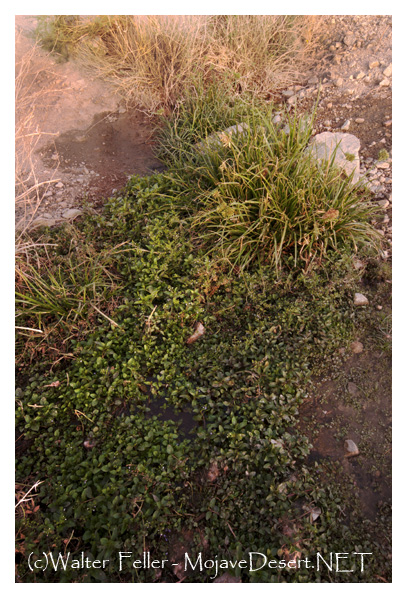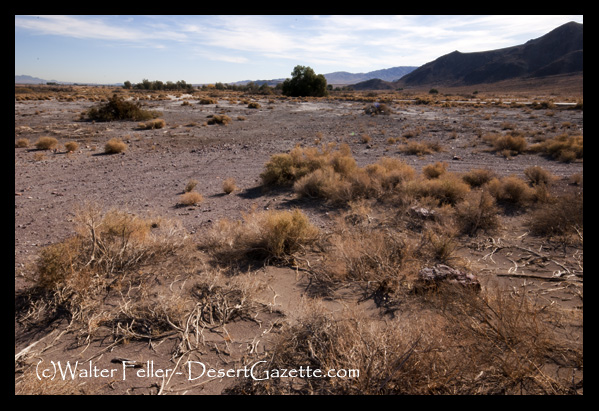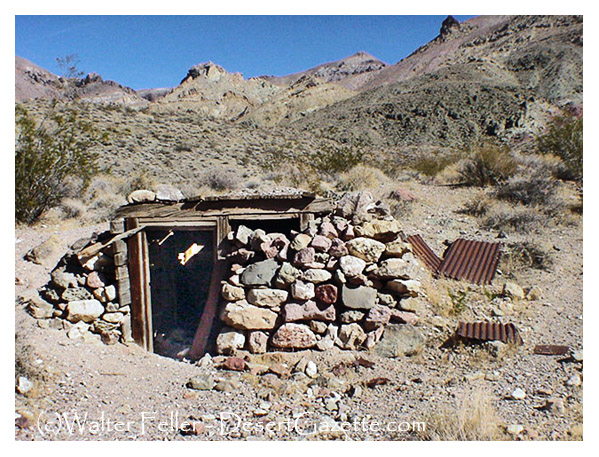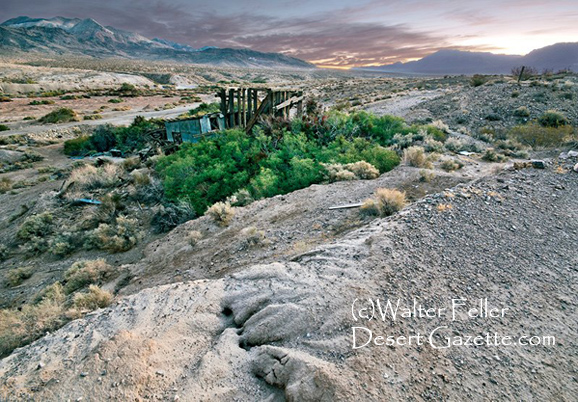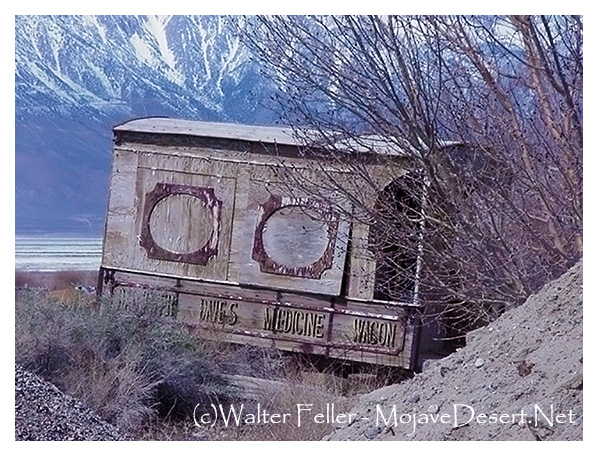From time to time I get feedback in the form of anonymous comments from visitors to my Digital Desert and Mojave Desert websites. Most are good–a few bad apples, but I won’t drop them in this bag. Hope you enjoy them as much as I have.
11/1/2012 – 4:02pm – feedback: As the fourth gen to grow up in the middle of the Mojave (Las Vegas) I was thrilled to learn more about this desert I love by reading your site than I had in my previous 47 years. Thank you! One bit I’d like to add is about the desert burro. Your sources list them only in CA but they also live in So. NV. We’ve regularly seen them near the Spring Mtn./Red Rock area from the time I was little with the most recent time perhaps six or so years ago. Some are rather tame. Don’t know if it’s worth an addition, but wanted to share.
11/1/2012 – 12:15pm:- feedback: Can’t find the snake I saw. It was a rather slender 36″ long. The first 9″, including the smallish head, was shiny black which quickly faded into a pink-purple color. It slid straight down the mountain side like it was rolling on ball-bearings. I saw this snake in the Coachella Valley.
10/20/2012 – 7:17pm – feedback: Hi Mr Feller, In my seventh grade class we are debating whether the BrightSource solar-thermal plant should be built in the Mojave, and how it affects the environment around it, specifically the endangered Desert Tortoise. I can to this website wondering if you had any information about it, and if so, which side you take on the matter. However, it appears there is little or none about it here, and I suggest that maybe you could have a section for environmental issues and the mojave in your website. However, on other topics I found your website very interesting, and I am learning a lot from it!
9/8/2012 – 5:33pm – feedback: iappreciated tyour chuckwalla comments.
8/8/2012 – 8:21pm – feedback: Hi, I read about the glossy snake on your site and we’ve seen one occasionally where we live in San Bernardino County and have observed and taken pictures of it and I have carefully identified it. The information on the Glossy Snake page suggests that sightings of the Glossy Snake should be verified and recorded. Can you suggest on the page who collects such data and where to report sightings of endangered animals?
7/24/2012 – 7:24pm – feedback: Hi there! I found your page on the Mormon Pioneers, and wanted to let you know how much I appreciated the straightforward, condensed timeline, and offer some help in clarifying a few things. You did a great job of outlining the major events in an unbiased way. On the help side of things, “Mormons” was a nickname first given by detractors, and then later adopted into general use by the church members. When that church was legally organized on April 6, 1830, in Fayette, NY, the official name was The Church of Jesus Christ of Latter-Day Saints. It is believed that the persecution of the Mormons in Illinois was due to the Illinois residents fearing a Mormon-controlled government (simply due to their eventually outnumbering the non-Mormon residents). Thanks so much for the good info. Have a great week!
6/29/2012 – 4:40pm – feedback: Are ALL ghost towns off limits to metal detecting in southern California?
6/13/2012 – 4:34pm – feedback: Hello! I just discovered your website with the mention of O.D. Gass. What a surprise I am having discovering all the information about him! I am his great, great grandson. I was raised by his son (my great grandfather, Fenton Gass). I am beginning to learn about my family and appreciate the things they went through. Fenton did not talk about his dad. I didn’t learn about him until my mother began to talk about him years later. All we have is one photo of him standing in front of my great grandfather’s orange orchard in Bryn Mawr. A news reporter from Las Vegas came to see my great grandfather one day and asked to see Octavious’ diary. The reporter talked my great grandfather into letting him “borrow” the diary. Reluctantly, the diary was handed over and was never seen again despite the pleadings of my great grandfather. I am trying to track down where the stolen diary might have ended up. Thank you for your time, Tom (withheld).
6/4/2012 – 8:41am – feedback: While walking the old train trail around Lake Mead my daughter found a flowering plant that was white. The whole plant was white stalks and all. The flower petals seemed to have some red or dark brown spots, like a dusting of color. I think they were a five petal plant, the way the plant opened it was very hard to tell. I have been to several different sites trying to name this plant would you help?
5/28/2012 – 10:56am – feedback: Please update your website – the phone number ###-###-#### is no longer Fish & Game, it is my personal phone number. Thanks.
5/24/2012 – 10:35am – feedback: May 18, 2012. Just survived Burdoo Canyon Road in a 4-wheel drive SUV. The impulse to travel this road was inspired by the grandeur of the place, but very wrong-headed. Often, we found ourselves hauling rocks into the “roadbed” to build up drop offs — all while watching the sun drop gradually lower. In retrospect, many many things could have gone wrong — a punctured side wall, an encounter with another vehicle or an abandoned one, a detached tie-rod, the punctured oil pan like that of the vehicle ahead of us that left a telling trail. Burdoo Canyon Road might make a good hiking trail. Maneuvering a vehicle through this natural canyon seems presumptuous. Nature bats last.
5/12/2012 – 3:15pm – feedback: hello from zone 9 in north louisiana. can you put me in touch with a plant company that i can buy desert plants from? i was born in phoenix, ari. and this spring my husband of 5o years visited out west. we loved all the different kinds of plants and would love to plant a few that would live in our zone. most places i have found sell but they are so small. i have several differet kinds and they are thriving so i know planted in certain locations in my yard they will live. please help.
5/1/2012 – 12:59pm – feedback: I am looking for historic information on train employee, passengers, and train hopper deaths between 1902 – 1918 near Barstow Ca. I had a great uncle who died in some sort of accident and is said to be buried in Barstow. I can not find any info on train deaths in that area and time. Just for S&G his name is Hilding Gottrid Svetlund of Minnesota. He was born in 1881 in Sweden. I have searched all the genealogy sites, no luck. If you have any leads I would appreciate it.
4/17/2012 – 3:47pm – feedback: Hello, I would like to know the names of trees that thrive in the desert (Ridgecrest, CA) and fixes nitrogen.
3/25/2012 – 8:47am – feedback: i did not find what i was looking for i need a big food chain OF THE DESERT!!!! ):
3/21/2012 – 1:15am – feedback: your analogy of the race track is close. I but slightly off. The rocks dont slide on top of ice but rather the slick almost like teflon wet surface after rains and high winds. When the playas surface becomes wet with just enough water to cover the surface. the surface becomes very slick with a low density wet mud. when the winds blow across the surface at these periods of wet times it becomes the perfect conditions to slowly push the rocks through the mud, leaving the tracks. I have actually seen this process in action. You explain it as if the rocks were sliding across ice, which is plausible except there wouldn’t be any tracks in the soil if the rocks slid on ice. Ice would also lock the rocks in place until thawed. It is a very interesting site to see when your standing next tom or in a dry lake bed during a storm and watching rocks move as if they have legs. its hard to see this phenomenon in death valley due to the conditions have to be perfect. but in other arid places that receive these conditions more often. you can observe this happening. Most of the time it never leaves tracks due to the the water standing longer. If you want you can email me a response. my name is Jeff. I appreciate your site and would like to thank you for the info you provide. I read a lot about geology and experience most first hand. Some day hopefully i can make it back to school and complete my degree in biology and geology.
3/19/2012 – 12:51pm – feedback: Thank You Walter for all the work you have done with this website. It has been extremely helpful during a research project on the Mojave. It is well organized and very useful. I did find it somewhat awkward that Death Valley is separate from the Mojave on several pages, so integrating the information was a challenge as I tried to relate the smaller Death Valley with the larger Mojave area. I know how much work it takes to build sites like this, just thought I would mention it if you can think of a way to link some of the information together. Thanks!!!
I’ll update this post with any more that may drift in the rest of the year as well as see how far back I’ve kept the comments.
Until then – Walter

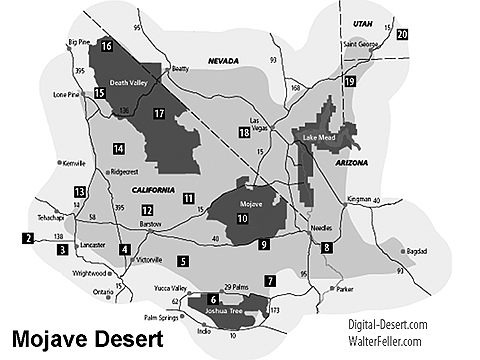

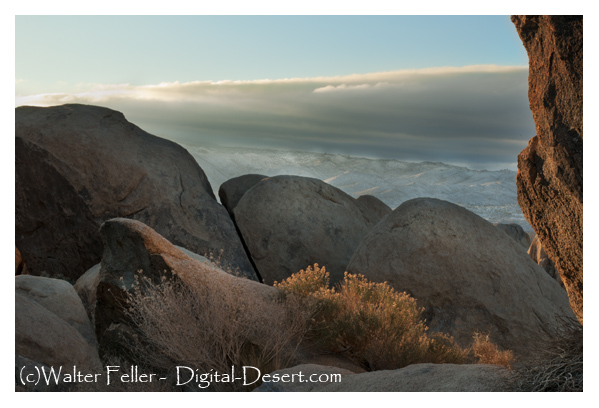

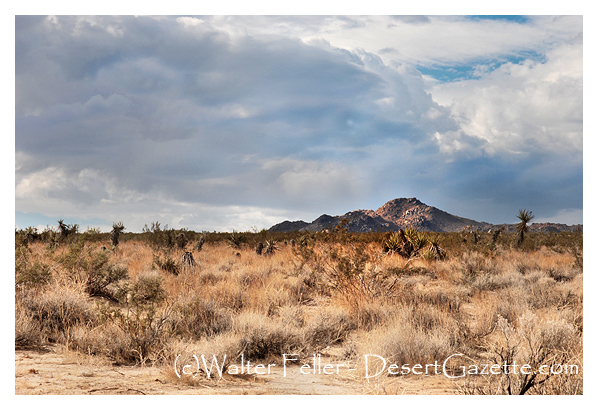
 An early morning in the high pass between the Providence and New York mountain ranges is a good place to watch for fog. Not fog as how we think of fog in a normal sense, but fog as when clouds roll over this pass. Bitter and brutally cold in the winter, strafing the ground with a crust of frost the clouds lay down and pick up as fast as they leave. Of course the wind moves it all, and not a gentle wind either. This is a wind so icy it twists one’s soul as it blows through. It is all worth it though–a different kind of solitude–you were the only one to see it and feel it.
An early morning in the high pass between the Providence and New York mountain ranges is a good place to watch for fog. Not fog as how we think of fog in a normal sense, but fog as when clouds roll over this pass. Bitter and brutally cold in the winter, strafing the ground with a crust of frost the clouds lay down and pick up as fast as they leave. Of course the wind moves it all, and not a gentle wind either. This is a wind so icy it twists one’s soul as it blows through. It is all worth it though–a different kind of solitude–you were the only one to see it and feel it.